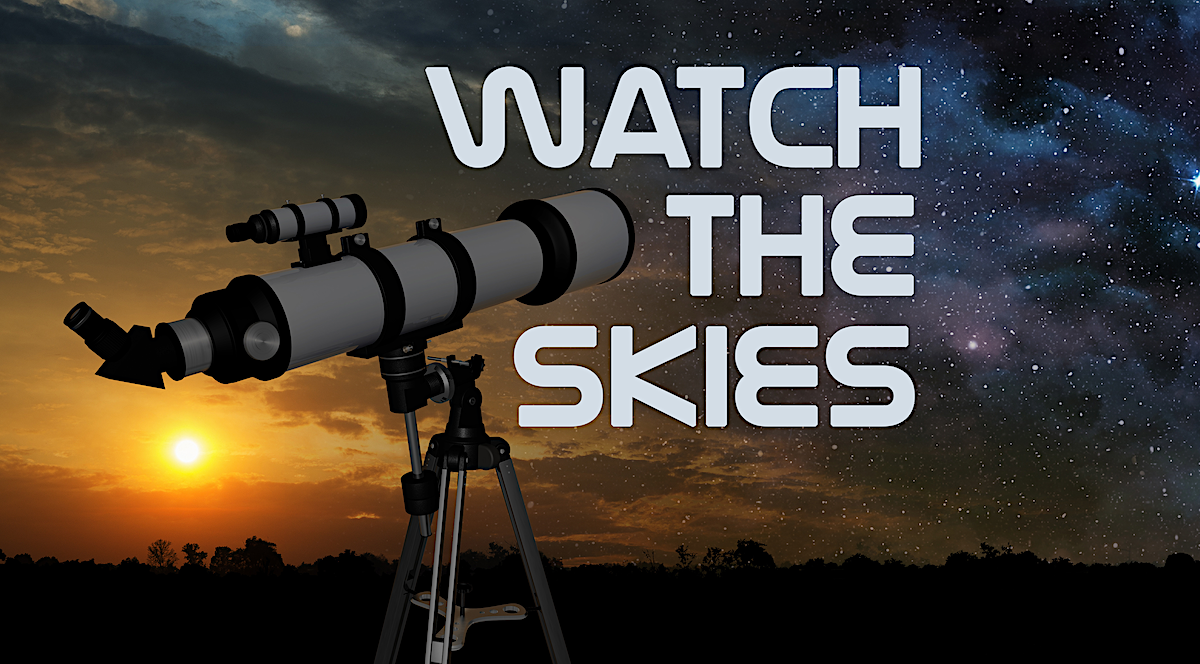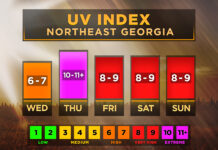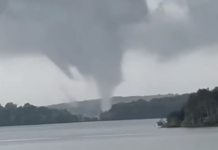
Another week of stargazing lies ahead, and there’s plenty to talk about this week!
First up, a continuation of last week’s topic of noctilucent clouds. Over the past few days, the noctilucent clouds (NLCs) have been marching steadily southward. In Europe, they have been spotted as low as 39N latitude. A similar outbreak occurred last year, which saw them visible just a few days later from very low latitudes over the US. If you have a clear horizon between now and Friday, be sure to take a look about 30-60 minutes after sunset, and if you see wispy, electric blue clouds, then you may have spotted NLCs! It is worth noting that these clouds will almost certainly not occur very high up in the sky, so if you see anything overhead, it’s most likely not an NLC.
The Planets: Venus remains a staple in the evening sky, continuing its steady march up. It is visible well after sunset now. Mars will traverse the Beehive Cluster over the next two nights locating smack in the middle on Tuesday and just outside of it on Wednesday. Mercury is barely visible early in the morning, while Jupiter and Saturn hang high in the pre-dawn sky. Jupiter begins the retrograde part of its orbit this week, which is when it appears to move “backward” relative to the stars behind it. This motion occurs as we are passing by Jupiter. Since we orbit much faster than it does, it appears to move backward as we drive by it, much like a car would as you are driving by on the highway.
Naked Eye Object of the week- The Moon: I see the moon, and the moon sees me. Perhaps no other object has caused so much wonder in all of history. There are countless phrases, idioms, and other sayings that reference the moon, and it has appeared in all forms of art. It is the only other place in the solar system humans have set foot on and will be the first place we go back to. This week makes for a great time to get out and observe our orbiting neighbor. The moon reaches its closest point in its not-quite-circular orbit on Wednesday morning but won’t be full until Friday. The full moon of June is called the “strawberry moon,” and it will adorn the skies on Friday night. Take a moment to head out and peek at the dark patches, known as seas, caused by lava flows. Many craters are also visible to the naked eye, including the largest, Tycho, located on the southern half. Mare Tranquillitatis, where Apollo 11 touched down in 1969, can be seen straight up and a hair right of Tycho.

Telescope Object of the week-M13: The moon will be a major problem for trying to observe dim objects this week; however, one of the brighter globular clusters in the sky should still be visible through a solid telescope this week. Also known as the Hercules cluster, M13 is a globular cluster located in, you guessed it, Hercules. It was discovered by Edmund Halley (of Halley’s comet fame) in 1714 and catalogued by Charles Messier in 1764. It is the 3rd brightest globular cluster in northern hemisphere skies, only barely outshone by M2 and M3. Like many other objects, it was initially believed to be a nebula of gas until individual stars were first resolved in 1769. Today we know that M13 contains at least a few hundred thousand stars that are very densely packed. M13 is fairly easy to find as it lies near halfway between Vega and Arcturus, two of the summer’s brightest stars.
 I hope you manage to beat the clouds this week and get in some stargazing! Wednesday through Friday seem like the best bet to do just that.
I hope you manage to beat the clouds this week and get in some stargazing! Wednesday through Friday seem like the best bet to do just that.
Watch the skies!







